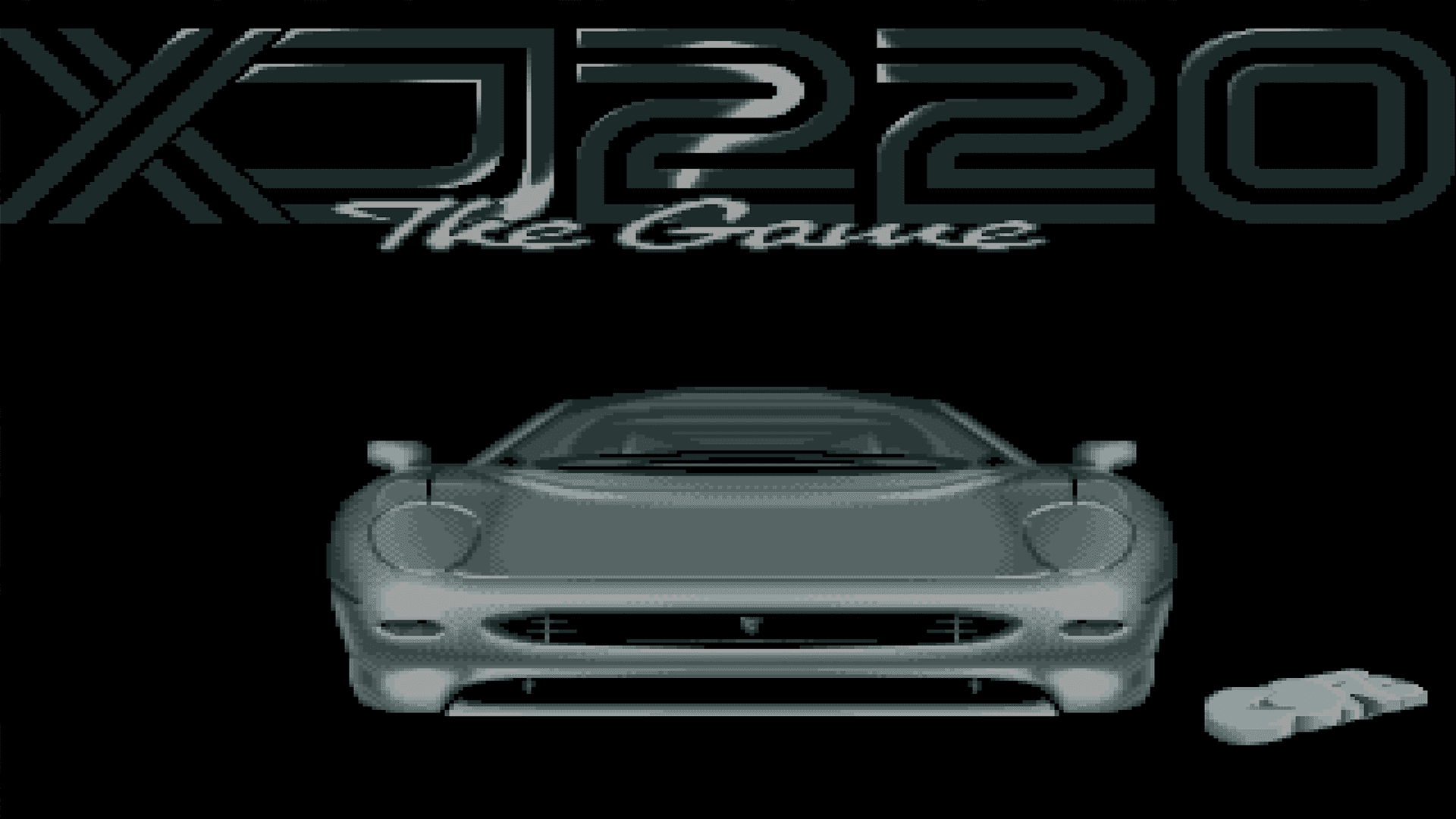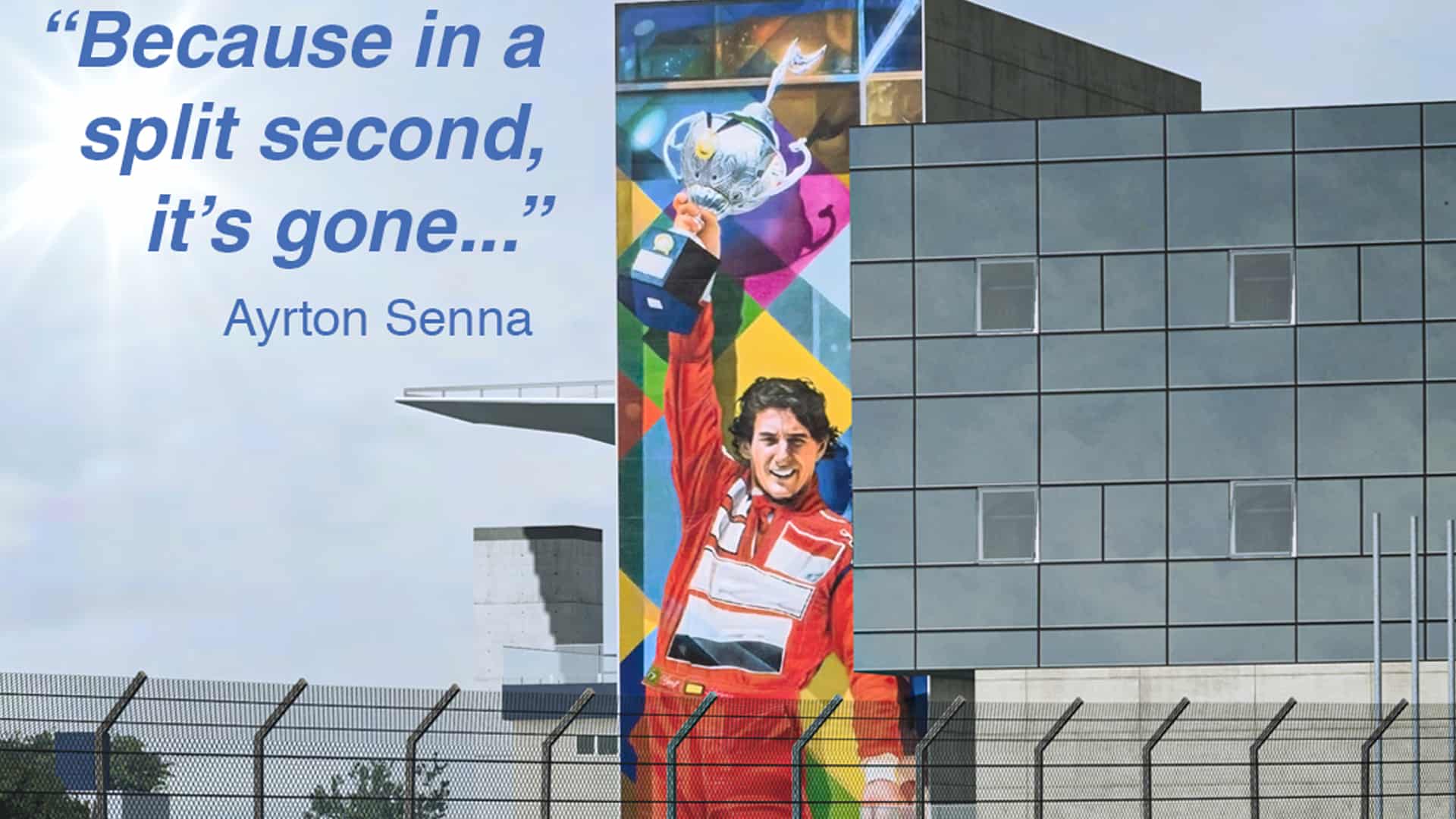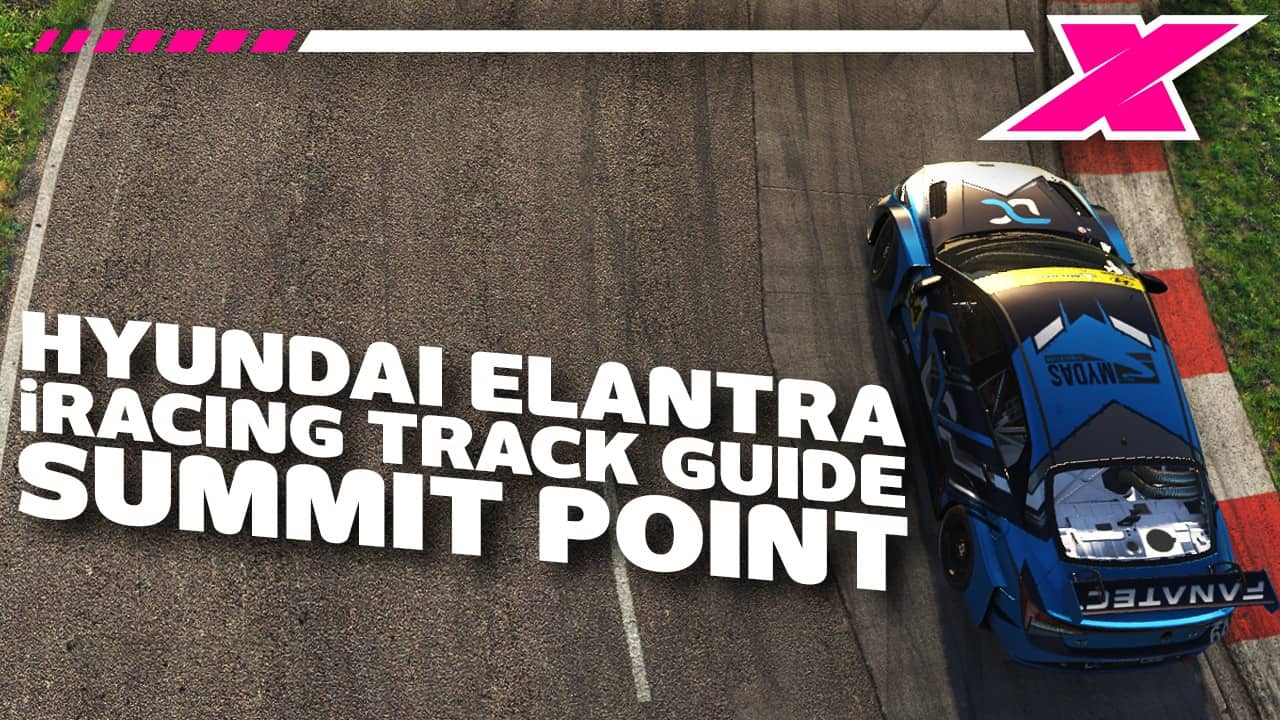Racing game fans under the age of 30 may not have heard much about Jaguar XJ220. For the uninitiated, it was a 1992 racing game by Core Design – most famous for developing the original Tomb Raider franchise – and featured Jaguar’s then brand new XJ220 road car as its cover star.
It was originally released for the Amiga, with a Sega Mega-CD release following in 1993. This may explain why so few people knew of or even played Jaguar XJ220, since Sega only sold around seven of the Mega Drive/Genesis add-on worldwide.*
Many of Core Design’s staff came from Gremlin Graphics, (later to become Gremlin Interactive, then Infrogrames) who had experienced success with the Lotus series of games between 1990-92, and it should come as no surprise to learn that Jaguar XJ220 and Lotus Turbo Challenge 2 share a lot of common ground.
Gremlin Interactive went on to make more racing games, including Toyota Celica GT Rally, Supercars I & II and Nigel Mansell’s World Championship Racing. It was the Lotus series that really inspired the gameplay of Jaguar XJ220 however, as the look and feel of the games in action bore a striking resemblance.
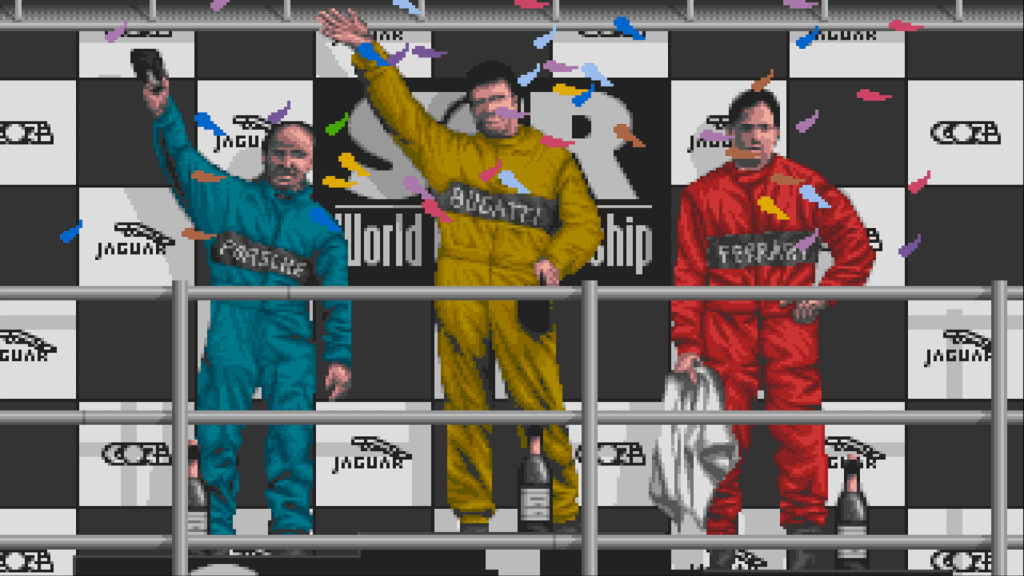
Jaaaaaaag
At the time, the Jaguar XJ220 was the fastest production car in the world, with a top speed of 212mph. After this top speed run attempt, the exhaust silencers were removed, and the rev limit was increased. This allowed Jaguar test driver Martin Brundle to set a new 217mph benchmark – despite the bonnet almost parting ways with the car!
It was an impressive feat, and the Jaguar’s world record was only usurped by the sensational McLaren F1 in 1994.
So, the Jaguar was big news at the time, especially in Britain, where home-grown supercars were a rare thing. The car looked like it was from the future; with a low-slung, aerodynamic aesthetic. Although today the wheels look a little on the small side, the car’s design is undeniably timeless. Purchasing one today would likely cost around £500,000.
The game sees players take on supercars from the world’s top manufacturers – Ferrari, Lamborghini, Porsche, Bugatti and Chevrolet. Three cars from each manufacturer, plus five from Jaguar. Except… Core Design didn’t have a license to use the other cars, so the Amiga version of the game is the only one where you’ll be able to see F40s, Countachs, 959s, EB110s and Corvettes.
The licensing issues were resolved for the Mega-CD version, so players were treated to fictional car names and likenesses. Additionally, four-time 24 Hour of Le Mans winner Henri Pescarolo no longer featured as an AI opponent. Zut alors!
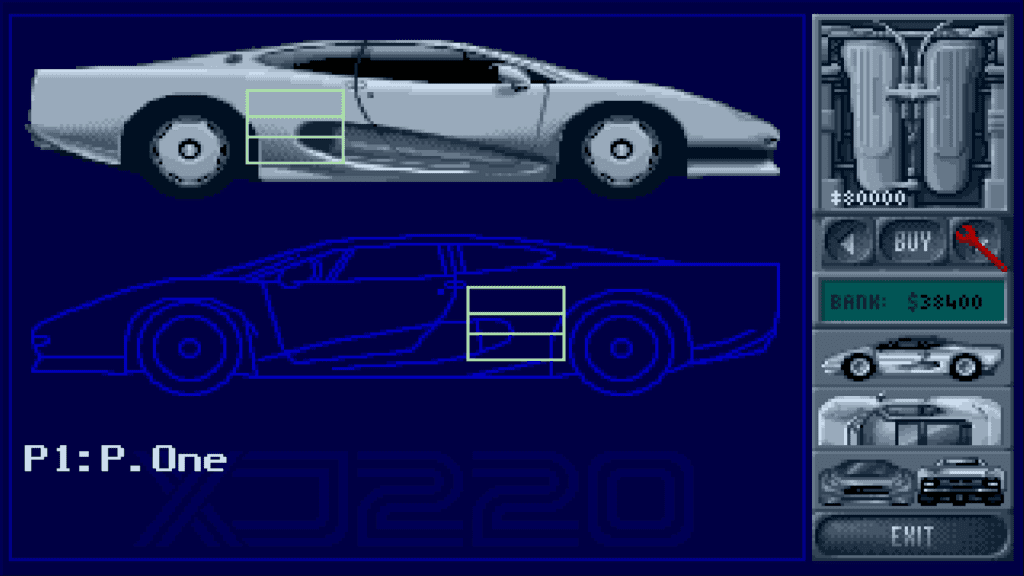
Rockin’ All Over the World
The main crux of the game was the single-player championship mode, featuring 12 countries with three tracks each. The goal was to finish first and earn enough prize money to travel to the next series of races and repair your broken car.
Maintaining an XJ220 is no easy feat, but the game throws money at the player like a broken cash machine. And since winning races wasn’t difficult, progression felt a little too easy. But, the pseudo-3D graphics zipped along at a smooth rate and featured some nice effects. Tyre spray during rain showers are a highlight (by 1992 standards, obviously).
It still looked very similar to Lotus Turbo Challenge 2 though, but Martin Iveson’s superb soundtrack kept the action ticking along, and for me evoked exciting childhood memories of playing the game for the first time. I’d never seen a driving game look as realistic as this before – a big deal to a car-mad nine-year old.
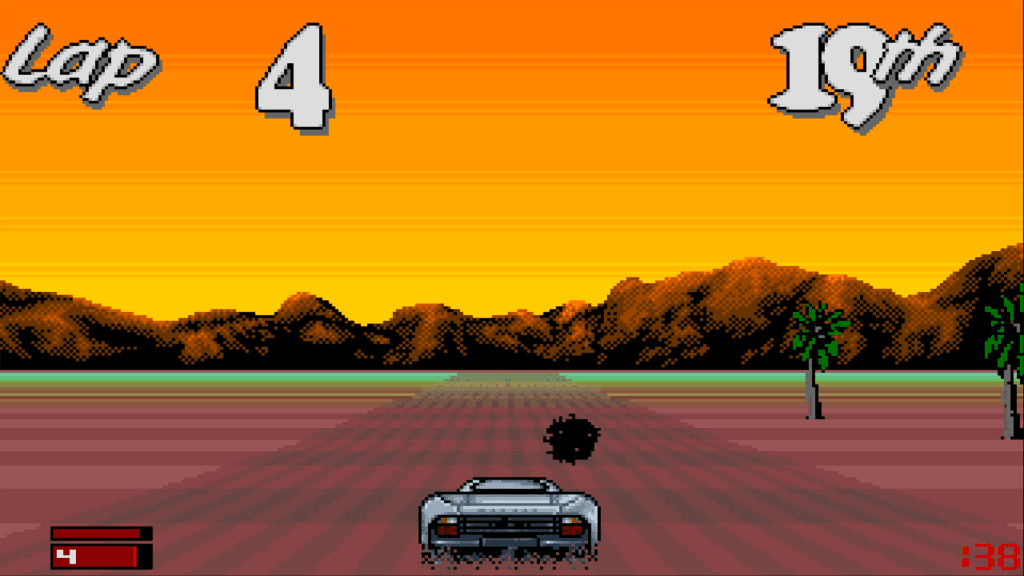
It was the Amiga’s superlative ability to produce high-quality MIDI music that helped in this regard, and some of the game’s tunes will be lodged in my brain forevermore. Tracks like ‘Thrash Pig’ and ‘Moody Breeze’ never fail to raise a nostalgia-tinged smile.
The title music though, oh boy, it’s a groovy, slap-bassy masterpiece. Even the post-race podium music and car repair screen have catchy earworms. Another interesting aspect of the game’s sound is that you can choose whether to have background music or sound effects playing during the racing. Not both.
Yep, it was tough being a 90s kid.
Jaguar XJ220’s song list is hilariously descriptive too; it reads like an angry, PETA-bothering farmer’s difficult commute and workday: ‘Moody Breeze’, ‘Speed-E-Boy’, ‘Troubled Journey’, ‘Thrash Pig’. **
The sound effects were more than passable for the time, but the Jag sounds more like a V8 instead of the Metro 6R4-derived V6 twin-turbo unit from the road car. And the skidding sounds can be a tad overwhelming. So yeah, leave the CD player on ‘Thrash Pig’ and get driving!
“She’s built like a steakhouse, but she handles like a bistro”
The way your supercar handles the curves and contours of the world’s tracks is perhaps less spectacular than players would like, tending towards understeer. A bit of a departure from the Lotus series, which, it could be argued, features a little more car movement.
The understeer is also the reason why Jaguar XJ220 is a more forgiving experience for those new to 90s racing games. It’s an odd thing to say now, but in the early 90s, there wasn’t a great deal of quality 3D racing titles on the market. In fact, in 1992 you’d have to visit an arcade to see something like the ground-breaking Virtua Racing.
Of course, the next generation of consoles would bring true 3D gaming into all our homes soon after, but that was still three years away in Europe. So, for the time, Jaguar XJ220 was right up there in terms of looks; it had weather effects like rain, snow and fog; the car models were recognisable – albeit not totally legal – and the action sped along at a brisk and smooth pace.
Let’s not talk about the leaves in Canada falling constantly like rain though, yeah?
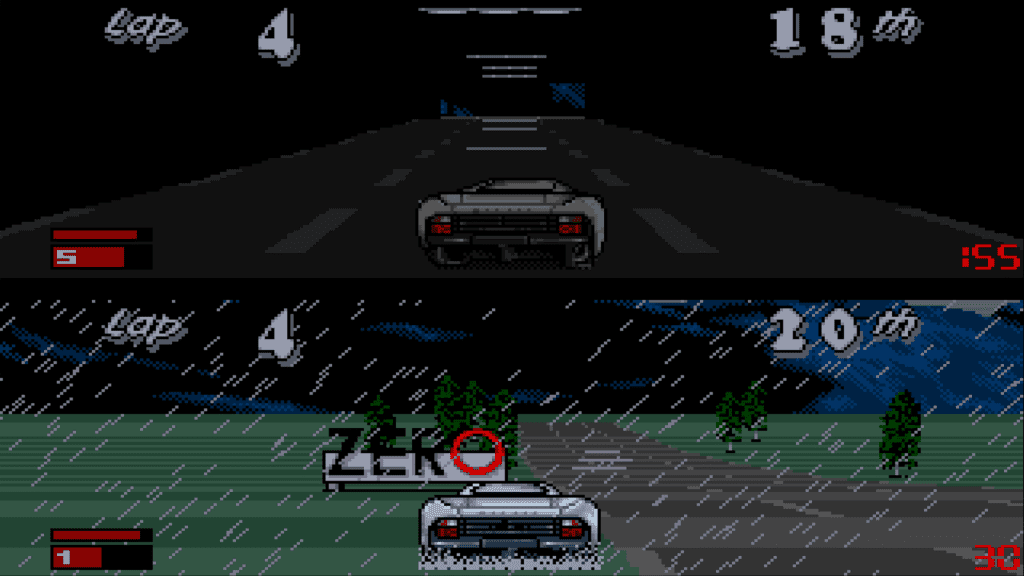
Double Jagged
Two important aspects of Jaguar XJ220 that give the game longevity are the multiplayer mode and track editor.
A second player could join the action and take part in the same world tour as in single-player. So this means both you and a friend could represent the Jaguar brand. You can be quite sneaky if you take your rivalry to the limit, as the game tracked damaged areas of your car.
Green meant it was fine, orange meant it needed repairs, but red damage had to be fixed or it was game over. Extra damage meant reduced speed, so if you knew your team-mate had some orange damage a strategic bump to the affected area could be enough to change it to red. Dastardly.
The track editor is also a neat feature, allowing you to unleash your inner Herman Tilke and create wide-open layouts with uninteresting features.
Seriously though, you could build a circuit from the ground up, replacing any of the in-game tracks; change the elevation, sponsor hoardings, blimps and even the track furniture. Need some ‘Flooded logs’ for your track? Yes? You’re in luck, as there are three different varieties.
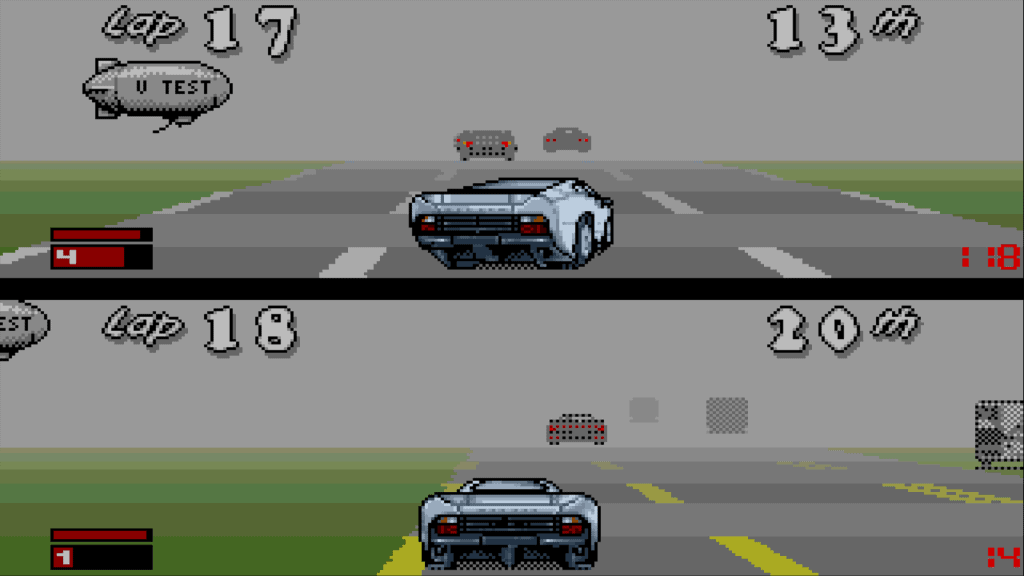
Endeavour
It’s sometimes tricky playing old, pseudo-3D racing titles nowadays. The way the scrolling background moves, combined with the short draw distance, makes these games extremely difficult to enjoy now.
In fact, during my research for this retrospective, I found an old review for Jaguar XJ220 where the author exclaimed his frustration at being unable to fill a single page of interesting information for a driving game review. I disagree, I feel like Jaguar XJ220 deserves to be talked about.
I played Jaguar XJ220 for the first time in 1994, just before the Sony PlayStation and Sega Saturn brought true, high-quality 3D driving games into our homes. I loved it, and replaying it recently has sparked so many memories from my childhood – it’s left a warm glow of nostalgia.
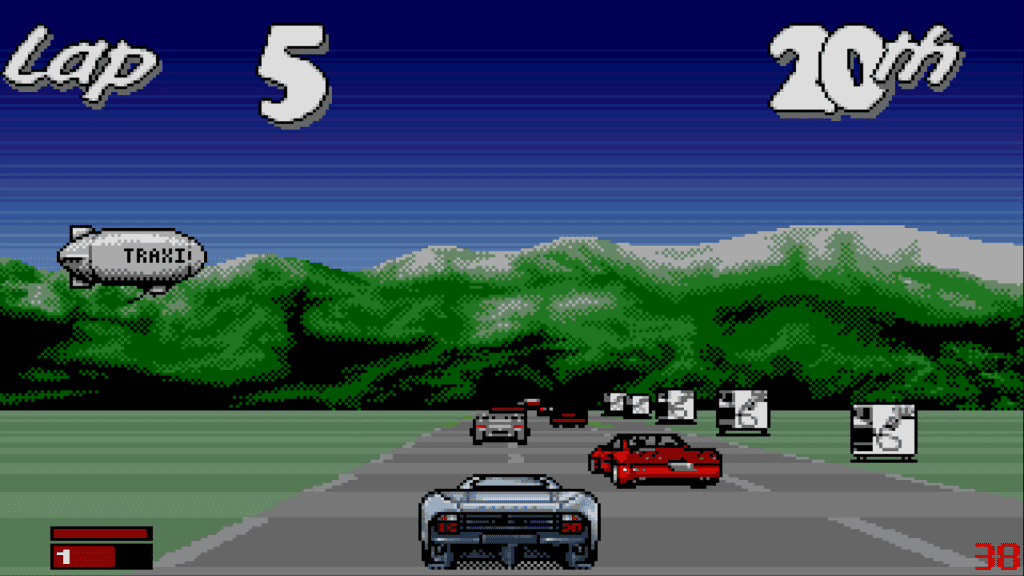
But underneath all that memory fuzz lies a well-formed game, with a lengthy career mode requiring strategic driving to limit repair costs, with enough track variety to keep things interesting. The fully-formed and fun two-player mode, plus the course editor, gave players a lot of reasons to come back for more.
Presentation-wise, the game looks great and surely had the Jaguar PR department on-side thanks to Core Design’s attention to detail. This trait would come to the fore with their work on the Tomb Raider games soon after, which propelled the small studio to stratospheric heights.
Excluding top-down racing games like Supercars II, for me, Jaguar XJ220 was the best racing game available on the Amiga.
My favourite part about it though? The music. The old Amiga classic still sounds fantastic today. Thank you, Mr Iveson!
Speed-E-Boy indeed.
*Worldwide sales figures suggest the actual number is between two and six million – a huge discrepancy, but likely to be on the lower end of the scale. On the other hand, Sega definitely only sold three 32Xs worldwide.
**No pigs were harmed during the writing of this article, only Jaguars. Oh, actually, I had a couple of bacon sandwiches. Sorry.
















